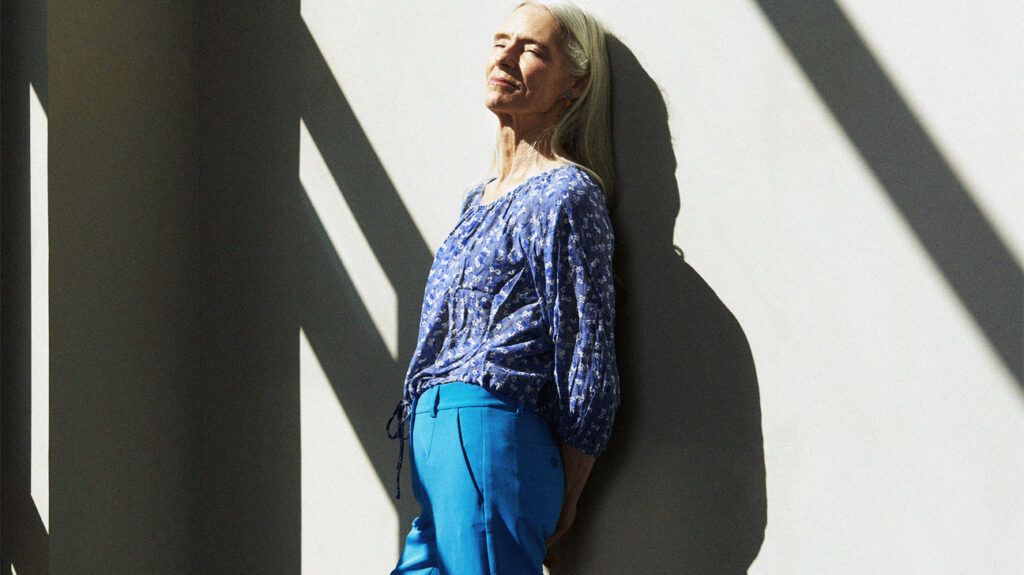General Motors has recently unveiled Cruise Wow, a remarkable self-driving car. The functional and well-built model was revealed at an event in San Francisco. Cruise plans to launch the vehicle next year, starting with a pilot program for a limited number of users.
The purpose of the vehicle, called Wav (pronounced “wave”), is to provide transportation for people with disabilities. According to the US Census Bureau of 2021, approximately 42 million Americans have a disability.
“Accessibility is a primary reason why we invest in autonomous vehicles,” stated Carrie Morton, GM’s senior engineer for accessibility in a press release. “This change in mobility could potentially revolutionize the way people travel worldwide.”
The car is equipped with a wheelchair safety system and has an interior compartment designed for a wheelchair user and one companion.
Cruise worked closely with individuals with disabilities to develop Wav, actively seeking feedback on design, user experience, and safety. The company has also partnered with manufacturers of accessible vehicles, such as BraunAbility and Q’Straint.
“People with disabilities are living in a world that was not designed for us,” explained Theo Braddy, director of the National Council on Independent Living. “We know that this can be changed starting today.”
By making transportation more accessible, it will significantly improve the quality of life in terms of employment, education, health, and recreation, added Braddy.
Before Wav can hit public roads, it will need regulatory approval, and Cruise will make adjustments based on user feedback. Closed testing for Wav will begin next month.
The unveiling of Wav comes at a time when driverless cars are met with mixed enthusiasm and skepticism, particularly from local communities.
Last month, Cruise was instructed by the California Department of Transportation to decrease its fleet of robotaxis operating in San Francisco by 50% following a collision with a motorcycle. The Department of Motor Vehicles (DMV) has the authority to suspend or revoke testing or delivery permits if it determines there is an “unsafe threat to public safety.”
In response, Cruise expressed its cooperation with the DMV to make any necessary changes and provide the requested information to improve the safety and efficiency of their fleet. A few weeks prior, California regulators granted Cruise and competitor Waymo permission to offer rides for hire in San Francisco at any time of day.
Check this out: Testing Waymo’s Safe Exit in a Self-Driving Taxi



![Ottocast elevates the hooked up vehicle enjoy with wi-fi CarPlay AI Field, CloudSIM, Automotive TV Mate Professional, extra [20% off] – 9to5Mac Ottocast elevates the hooked up vehicle enjoy with wi-fi CarPlay AI Field, CloudSIM, Automotive TV Mate Professional, extra [20% off] – 9to5Mac](https://9to5mac.com/wp-content/uploads/sites/6/2024/12/ottocast2.jpg?quality=82&strip=all&w=1500)










